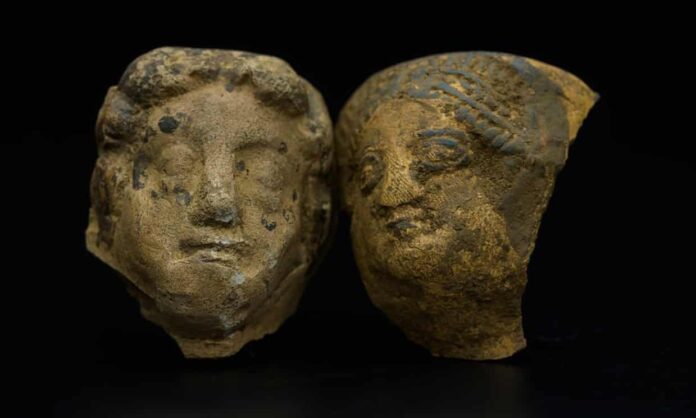The ground in Northamptonshire, England, has been hiding the remains of an affluent Roman trading town for more than 1,700 years, according to findings from archaeologists working in the area. As reported in the Guardian, the discoveries have included an old road, buildings for different kinds of life and work, hundreds of coins, and four water wells used in a once-prosperous town “whose inhabitants adorned themselves with jewelry and ate from fine pottery.”
The area is located along the route of an HS2 railroad network being constructed and counts among 100 different archaeological sites that have been examined as part of the project since 2018. “This is certainly one of the most impressive sites [we have] discovered while working on the HS2 scheme,” said James West of Mola Headland Infrastructure, which has managed the work. “Uncovering such a well-preserved and large Roman road, as well as so many high-quality finds, has been extraordinary and tells us so much about the people who lived here. The site really does have the potential to transform our understanding of the Roman landscape in the region and beyond.”
The town prospered during a period of Roman occupation of the area that lasted until 410. The size of the main road suggests it was a trading town, and artifacts of different kinds suggest certain measures of wealth—such as a weigh-measuring scale adorned with an image of a female deity. “It’s pretty as well as functional, suggesting a high-status owner,” West told the Guardian.
Other findings at related archaeological sites in recent years have included notable statues and, from a site near central London, 50,000 skeletons from a burial ground.

























